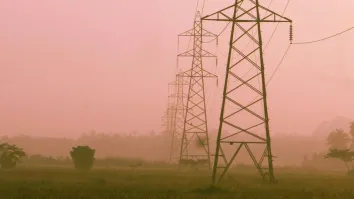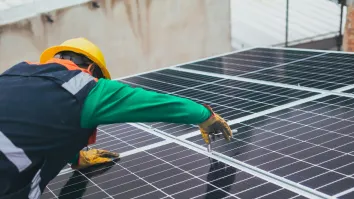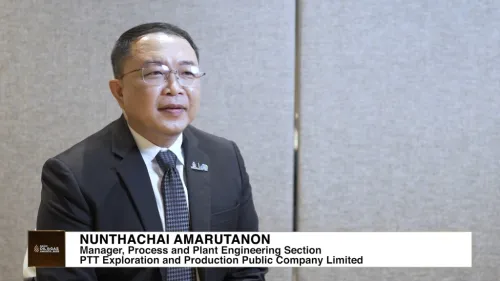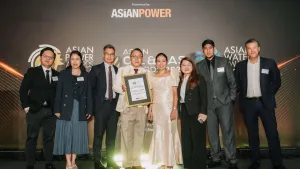
The Asian grid, Japan perspective
By Frenk WithoosAs a consequence of the devastating March 2011 disaster, the Japan power sector vulnerability was revealed and has ever since been a critical component to reassess. That the sector needs a serious overhaul is no surprise to anybody directly or indirectly involved.
Shortly after the disaster the Japan Renewable Energy Foundation (JREF) was established to promote an Asian Super Grid to facilitate an electricity system based fully on renewable energy in Asia.
This initiative envisions the interconnection of the national grids of Japan, Korea, China, Mongolia and Russia with low loss High Voltage Direct Current (HVDC) transmission lines. These transmission lines would enable the delivery of electricity from the region’s most abundant renewable energy sources to its centers of demand whilst simultaneously balancing out the peaks and troughs of fluctuating renewable energy sources over a wider area.
The impact this will have on the Japanese transmission grid is enormous.
Currently the power sector in Japan for a overwhelming majority consist of regional monopolies, controlling both generation and transmission on a full cost pricing model.
The uniqueness of the Japan transmission grid is further substantiated by the fact that there is an 50Hz (East) and 60Hz(West) network, with minimum interconnection, essentially limiting any power flow between east and west Japan.
While the power sector has been an essential part of the development of Japan to an economic power house by providing reliable power, this same strength is turning now into a serious weakness.
The business model has created a relative expensive generation and transmission infrastructure as well as an inflexible network. Specific, Japanese, standards to comply has overtime limited the competition in the supply chain, resulting in higher cost in capital expenditure as well as operational expenses. Japan electricity rates are among the highest in the world.
To minimize the dependency on Nuclear energy, which is widely supported by the people in Japan, alternative generation resources need to be tapped and, in an efficient way, brought to the consumer.
The technology to support the energy needs in Japan is currently available. HVDC solutions are widely used in the international arena and are an efficient and effective backbone for the future Japan as well as Asian grid. Integration of renewables, from a technology point of view, is also nothing new.
Solar and Wind generation is increasingly becoming competitive and able to compete with traditional power generation plants. What is critical now is decisive action from the various stakeholders to create the framework policy that support required changes and provide a clear roadmap for implementation. Time is of the essence, change is unavoidable.
Frenk Withoos, Vice President, Power Product and Power System Division, ABB




















 Advertise
Advertise








